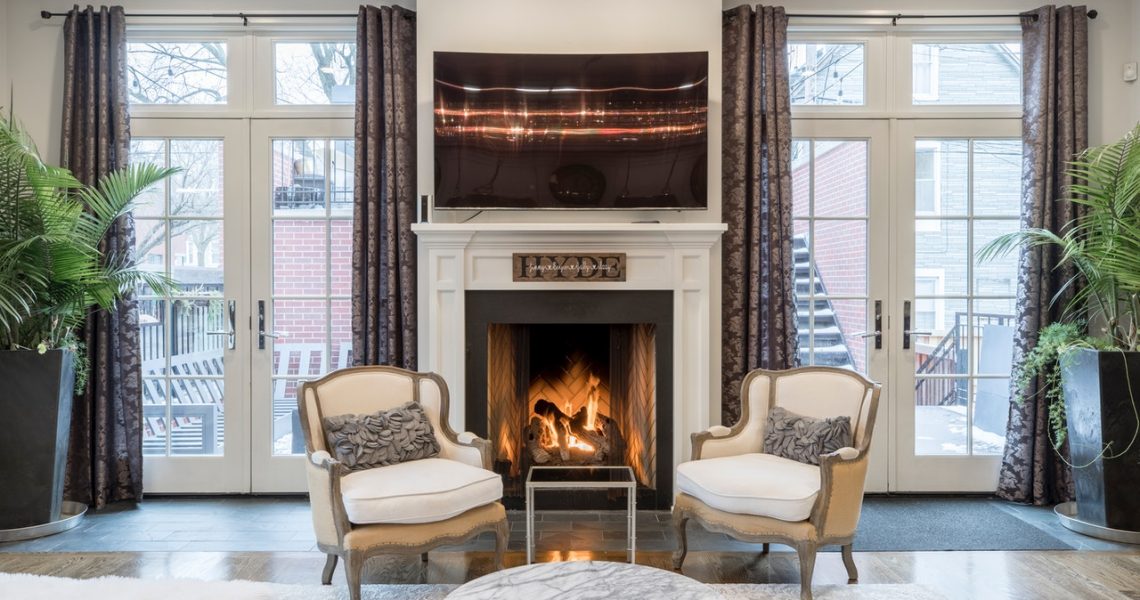Key renovations to Increase the Value of your Home: Heating
Reforming a house increase its value and increases its sale possibilities because – if it is in good condition and up-to-date – it will be easier to sell. In the appraisal of a property, the state of conservation is essential to increase the price. According to the professionals, a renovated home can revalue its price between 10% and 15% plus the value of the reform, but not all actions have the same value. A new heating system has become the reform that most revalues the house recently, for example.
It is becoming more and more common to modernize heating systems, whether for comfort, proximity, value, or safety. That is why it is necessary to learn how to install good heating in homes that have different needs.
Planning the stoves and insulation that our home should have will help to spend a calmer winter, with efficient heating that avoids excessive expenses in electricity. With the help of a well-known Boiler Repair company in Westend, we’ve put together these must-have tips for the ones are looking to renew their heating systems.
Steps to follow
Define the “thermal comfort”
Thermal comfort refers to the temperature with which we feel comfortable. In general, if the house is at 22º, our body will not feel cold. It is important to determine this and then define the type of heating.
Heating on the stove
When installing heating in an apartment, we have to take into account two factors: the dimensions of the space where the stove will work and the heating capacity of the equipment.
The first has to do with determining the appropriate equipment to keep the environment warm and the second with the requirement of the equipment referred to that place.
For example: if the place to heat were smaller than the capacity of the stove, it would translate into a waste of energy and resources. On the other hand, if the stove has to heat a larger space than it is capable of, we over demand the equipment and we may never reach an adequate temperature, prolonging its use and the amount of the electricity bill.
Ventilation in heated areas
Overheating combined with very closed and poorly insulated environments produces indoor condensation that manifests itself with damp walls and windows. To avoid this problem, it is necessary to check the insulation of walls and windows. If this is not possible, it is recommended to keep a window slightly open so that the air is renewed and not saturated to avoid condensation.
- Living Room
- Bedrooms
- Bathrooms
Insulate the balcony
When the balcony is exposed to the elements and also has windows, the living room is very exposed to the cold. An alternative to counteract the entry of this cold is to put bamboo curtains that, thanks to their wooden fabric, isolate from the outside, or bamboo roller blinds.
Determining the location of the heater
For the heating to be truly efficient, beyond choosing the type of stove depending on the space, its location within said space is also important, since that will be the determining factor between the cold outside and the inside heat generate the thermal balance.
It is recommended to put it near windows, doors, or solid walls that face the outside, and always with your back to them. Since, if cold air enters, it will heat up when passing through the stove and will not cool the environment.
Another consideration is to isolate the space where the heating is being installed from the others that do not have it. You can also close the doors of bedrooms, bathrooms, and the kitchen, if it is the living room that has the heating equipment so that the heat does not escape to other areas and lowers the thermal comfort.
